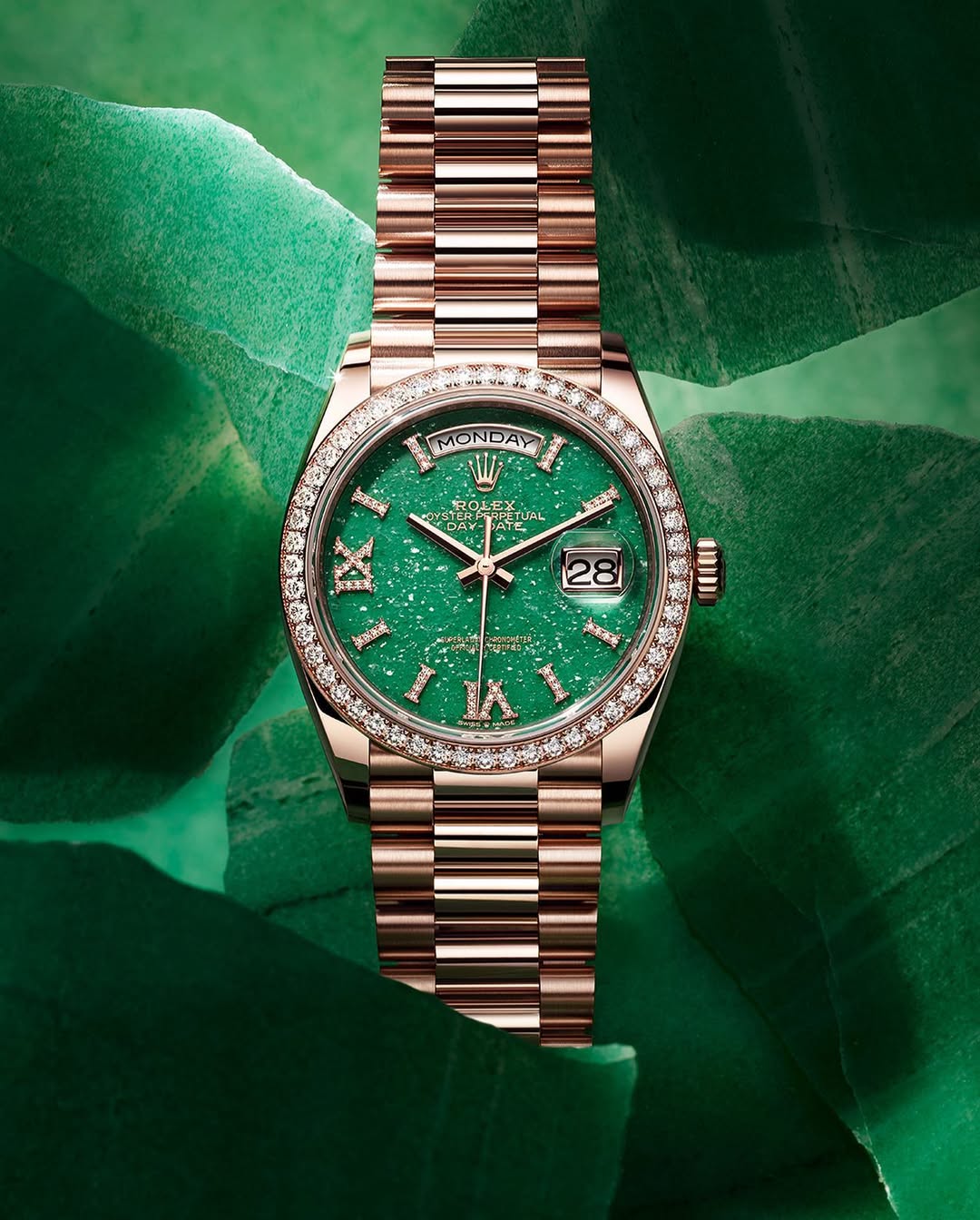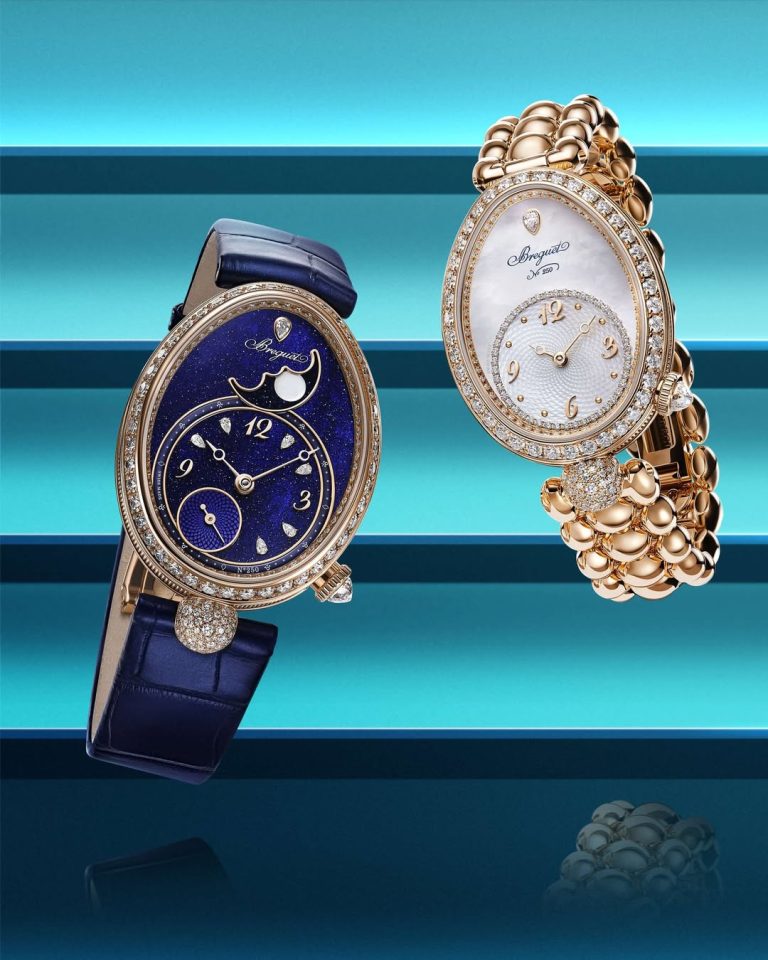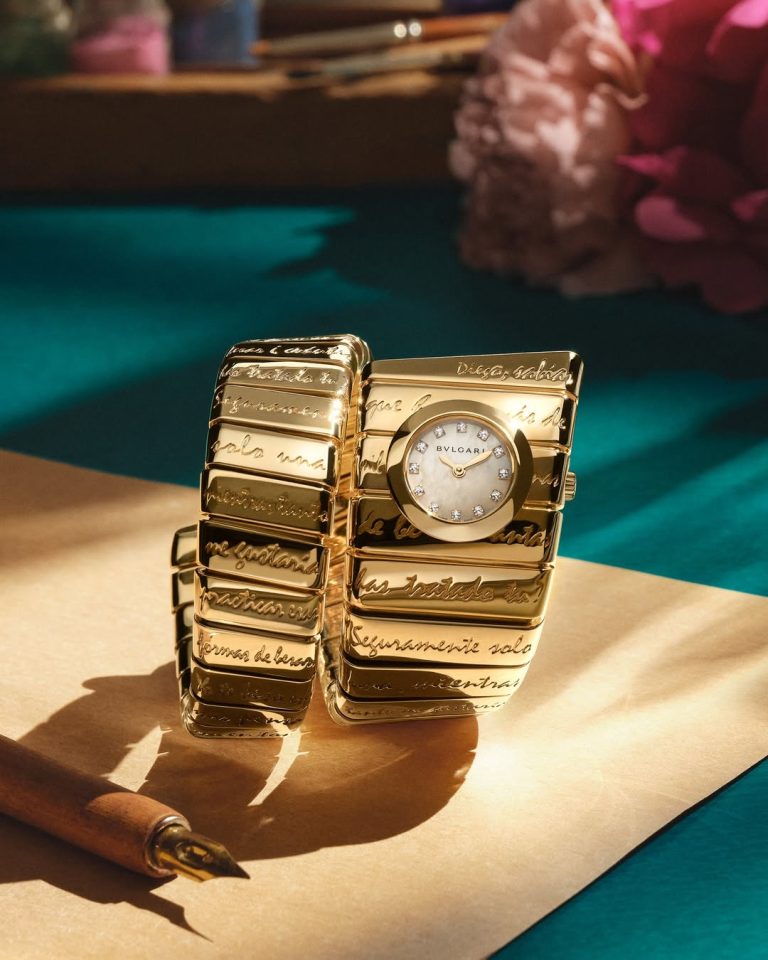Rolex has rung in 2025 with a price hike, impacting many of its most sought-after models. The Geneva-based luxury watchmaker, managed by the Hans Wilsdorf Foundation, has increased prices by up to 8% on iconic timepieces like the Submariner and Datejust. The adjustment affects both gold and stainless steel models, reinforcing Rolex’s reputation as a brand synonymous with exclusivity and prestige.
Now, before you gasp in disbelief, let’s put things into perspective: for Rolex, a price hike at the start of the year is as predictable as the stroke of midnight on New Year’s Eve. And it’s not just Rolex—price adjustments have become a hallmark of the luxury sector. Whether it’s handbags, jewelry, or high-end watches, the mantra seems to be: new year, new prices.
So, why are Rolex watches suddenly more expensive in 2025? Is the brand attempting to heighten its exclusivity? Not quite. The driving factors behind this decision are rooted in economics, the dynamics of global markets, and the rising costs of precious materials—particularly gold.
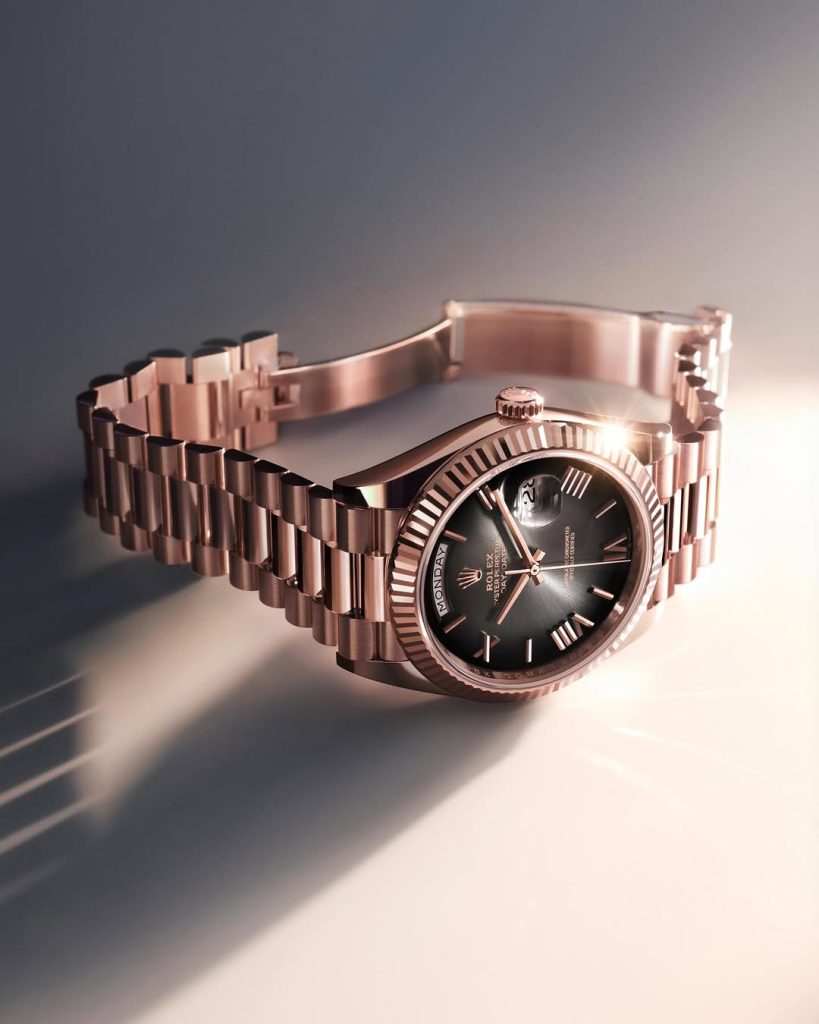
Let’s take a closer look into what’s happening behind closed doors and how different collections are affected.
The Gold Rush of 2024
Remember how gold prices soared in 2024? By the end of the year, the cost of a 1 kg gold ingot had surged by a staggering 27%. For context, gold was trading at approximately €60,618 in January 2024 but skyrocketed to around €80,641 by December. For Rolex—a brand synonymous with luxury and precision—this dramatic increase in raw material costs left little choice but to adjust prices, especially for its coveted gold models.
For instance, the Day-Date 40 in yellow gold, a favorite among collectors and connoisseurs, saw its price rise from €39,700 in 2024 to €44,200 in 2025—a notable 11% increase. This jump is a direct reflection of the soaring cost of gold, the key material that defines the elegance and prestige of this iconic timepiece.
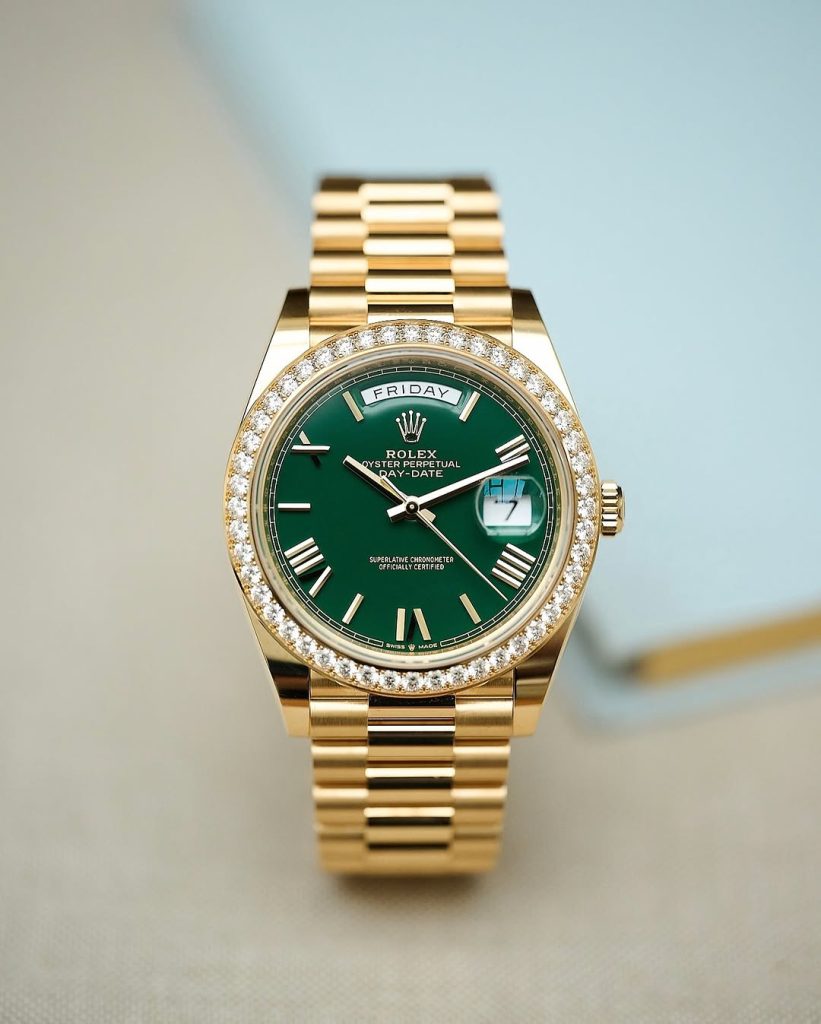
The impact of these changes varies significantly depending on the materials used.
Rolex Stainless Steel Models
For the average buyer considering a classic stainless steel Rolex, the price hike is significantly more modest. Take the iconic Submariner Date Steel Black, for example—its price increased by only €100, rising from €10,550 in 2024 to €10,650 in 2025.
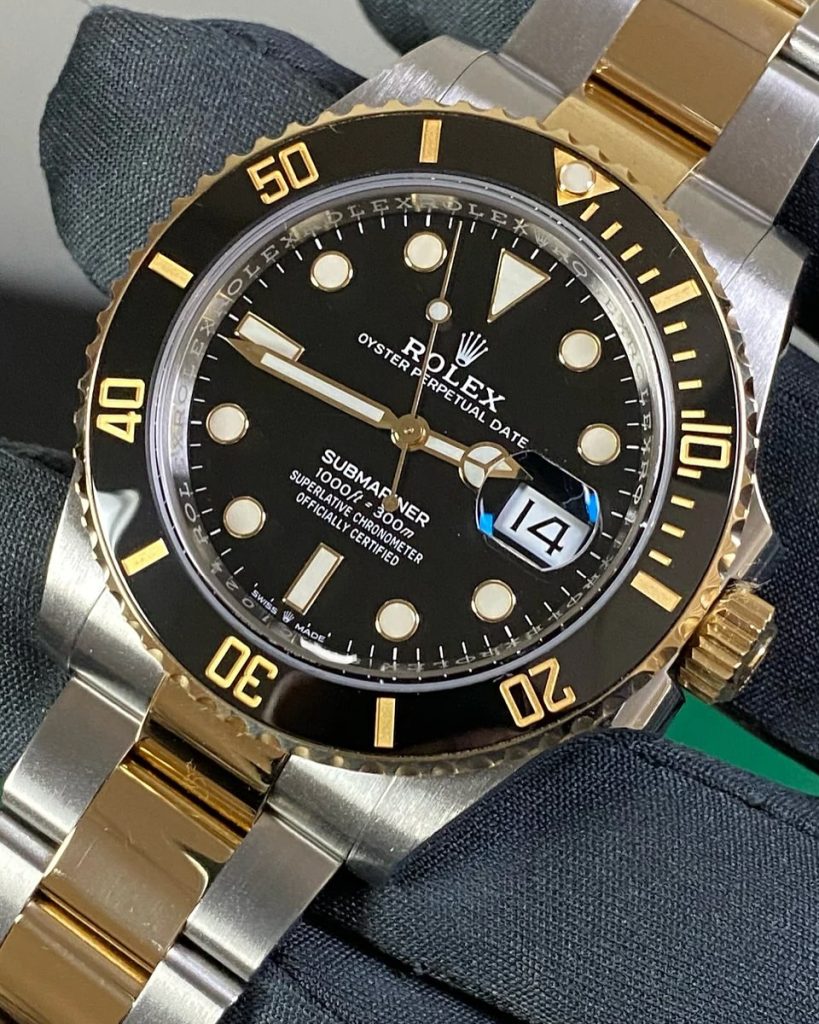
Similarly, the GMT-Master II Steel Batman Oyster, beloved for its bold design, saw only a €100 hike. In my opinion, that 1% increment is fair enough.
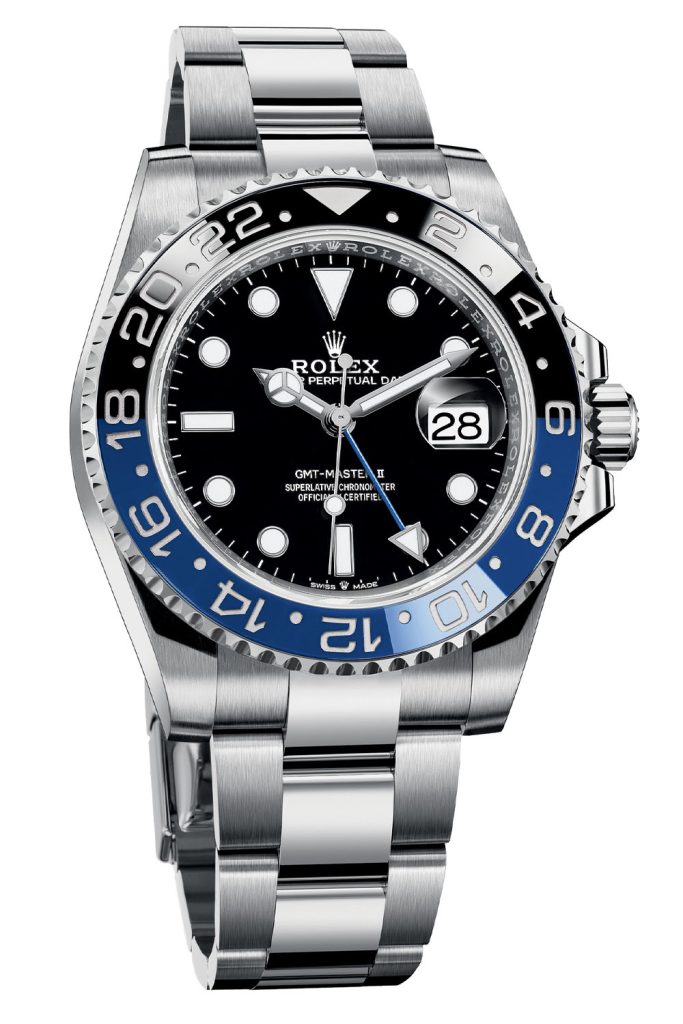
Why the minimal increment though? Stainless steel prices have remained relatively stable, allowing Rolex to keep increases in check.
Gold and Rolesor Models
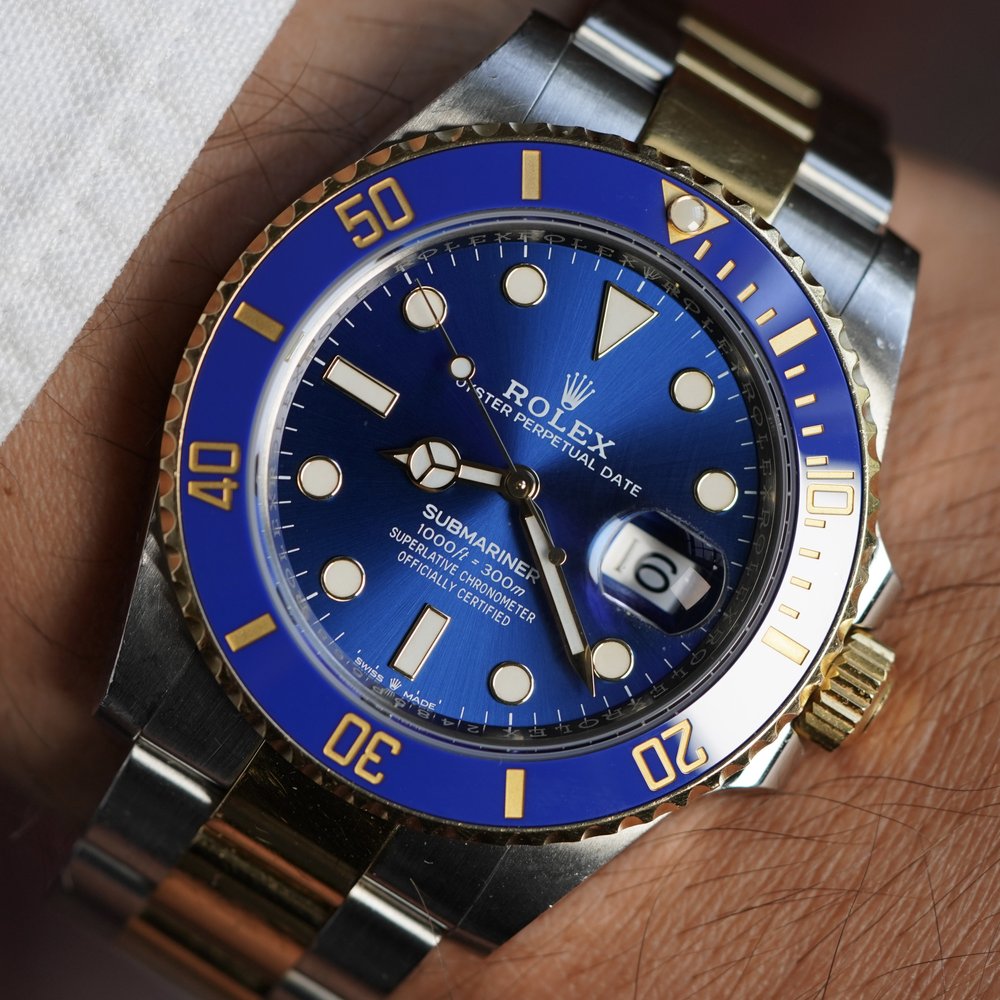
On the flip side, gold and two-tone (Rolesor) models have borne the brunt of the price hikes. The Submariner Rolesor, for instance, now costs €1,400 more than it did last year, while solid gold versions have seen increases exceeding €4,500, depending on the model.
This stark disparity stems from the fluctuating market value of materials. While steel and platinum have remained relatively stable, gold’s meteoric rise has left brands like Rolex with limited options but to adjust prices.
So, what does this mean for the Rolex lineup in 2025? Let’s dive into the highlights, from the models with modest increases to the ones leading the price surge.
Cosmograph Daytona
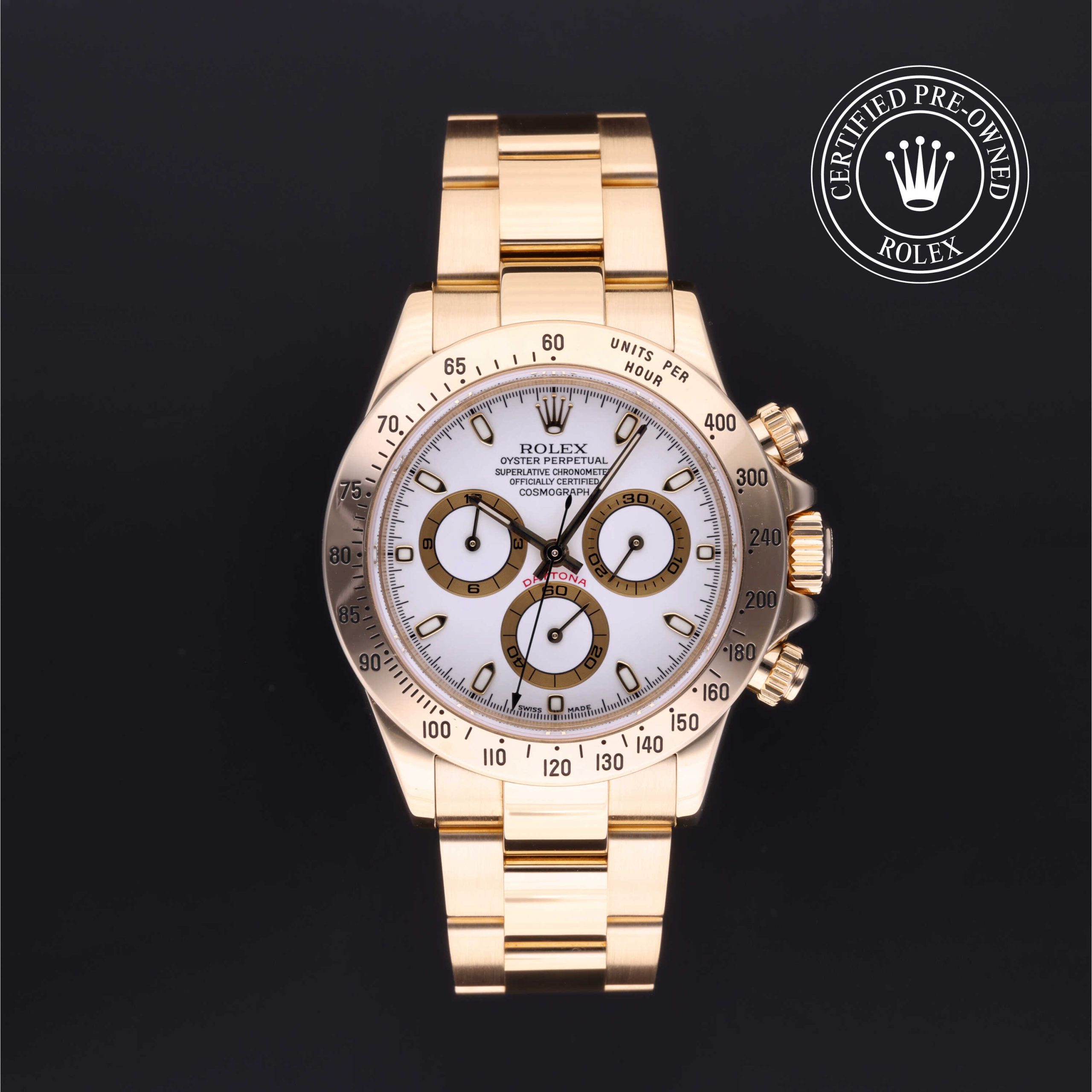
The Daytona lineup takes center stage with some of the most significant price hikes this year. Gold versions of this iconic chronograph have seen increases of up to 18.5%, which translates to an additional €6,000 to €8,000 on their price tags. In contrast, the steel versions remain more accessible, with a modest €400 increment, offering some relief to enthusiasts eyeing this legendary model.
Datejust
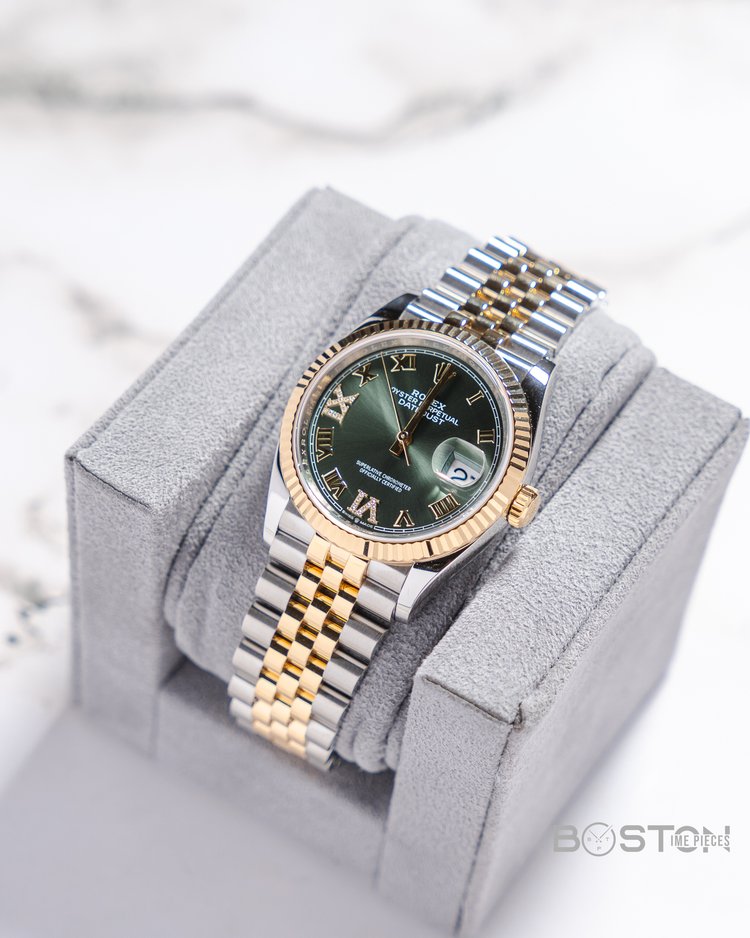
The timeless Datejust, a perennial favorite among Rolex enthusiasts, has weathered the economic tide with only minor adjustments. The Datejust 41 Steel Smooth Bezel Oyster experienced a modest €100 increase, maintaining its appeal for classic watch lovers. Meanwhile, the more elaborate Datejust 36 Steel Fluted Bezel Jubilee, with its gold accents, saw a slightly higher bump of €350, reflecting the rising costs of precious materials. These adjustments underscore Rolex’s effort to balance luxury with accessibility.
Submariner
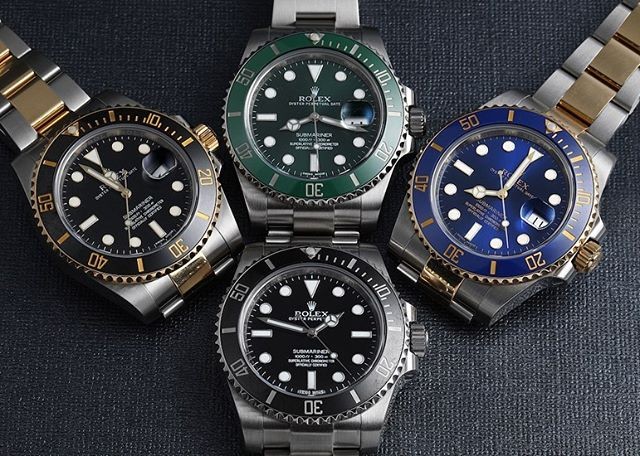
For dive-watch lovers, the stainless steel Submariner models experienced minimal changes. But if your sights are set on the gold versions, brace yourself because those prices surged by over 11%.
Platinum Rolex models
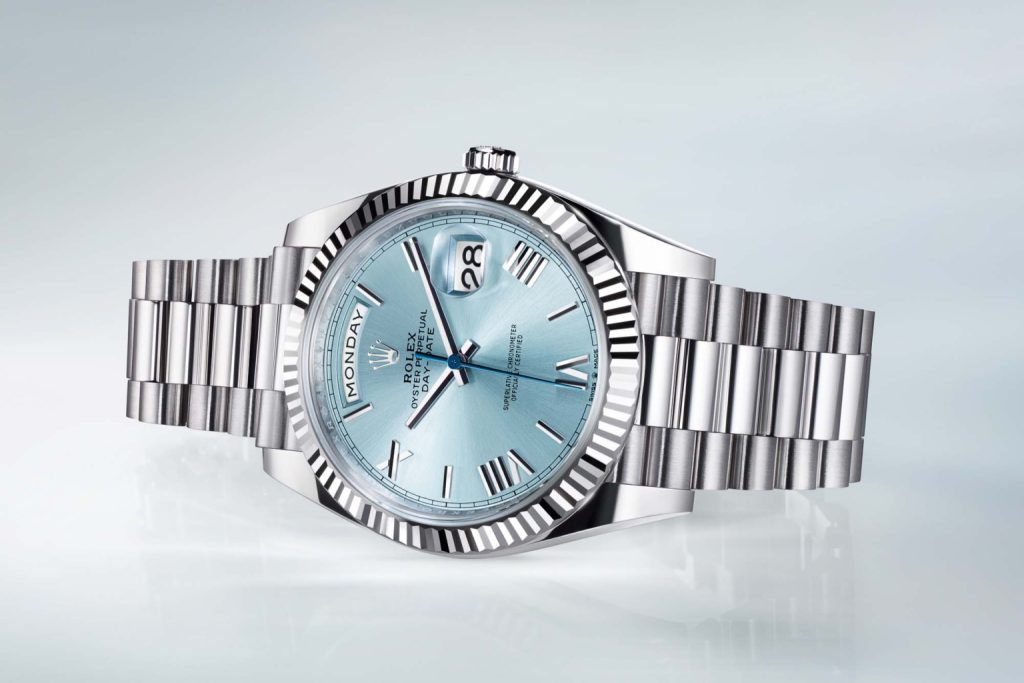
Platinum Rolex models, like those in the Day-Date collection, remain relatively unaffected. The price of platinum has dipped slightly in global markets, so increases here are less than 1%. If platinum’s your preference, now might be the time to invest.
Global Trends and Rolex’s Strategy
While these price hikes might seem steep, they align with broader trends across the luxury market. Factors such as geopolitical tensions, global inflation, and economic instability—particularly in key markets like China—have significantly influenced the industry. Despite these challenges, Rolex has notably kept pricing for its stainless steel collections relatively stable, perhaps as a gesture to appeal to more budget-conscious enthusiasts while preserving its iconic allure.
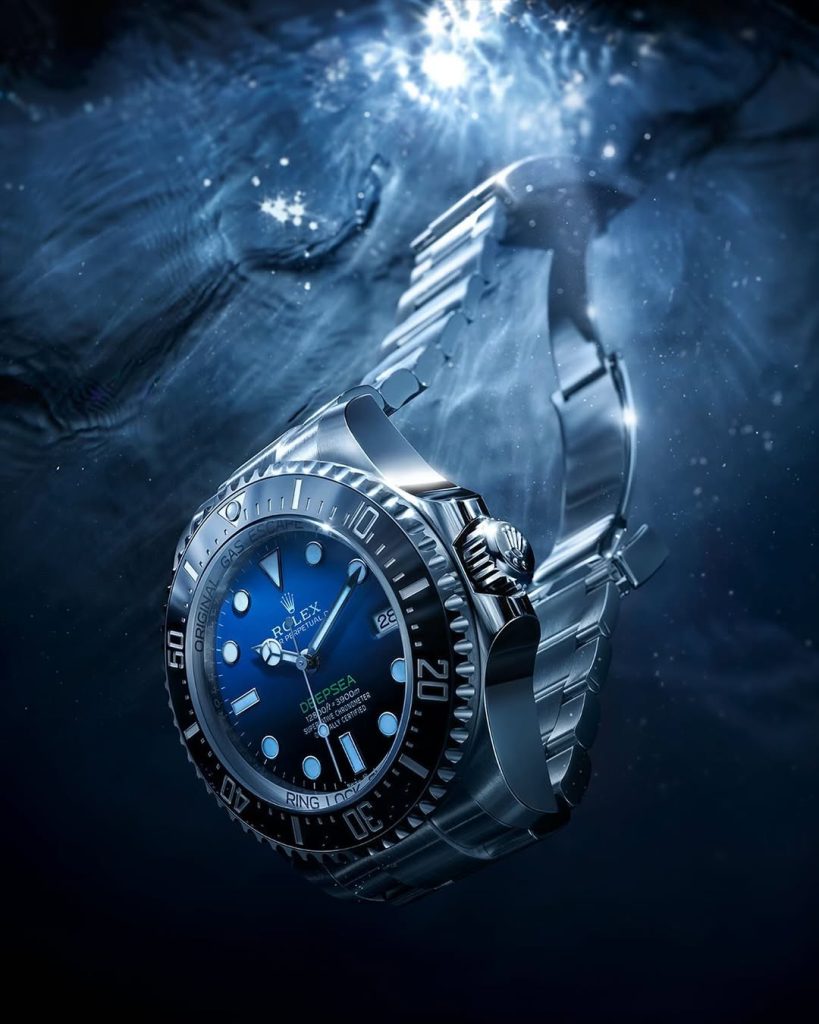
Final Thoughts: What To Do?
Rolex continues to represent timeless luxury, exceptional craftsmanship, and a solid investment. While the price increases may feel hefty, they reflect real-world economic pressures rather than arbitrary hikes. If a gold model has been on your radar, it might be wise to act sooner rather than later, as gold prices are expected to remain high.
For those considering a Rolex investment, it’s worth checking the updated prices in your region. Head over to Rolex’s official website for the latest details and ensure you’re up to date on this year’s changes.
Featured image: Rolex

Sewelo is a world where jewelry, watches, and objects come alive in a shimmering dance of fantasy. Through a literary lens, we celebrate the beauty and elegance that make these treasures more than just possessions.

